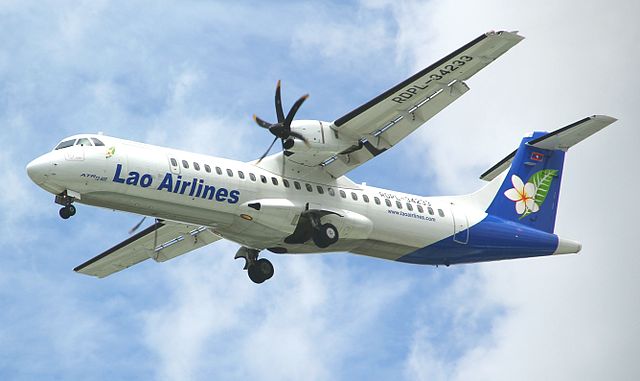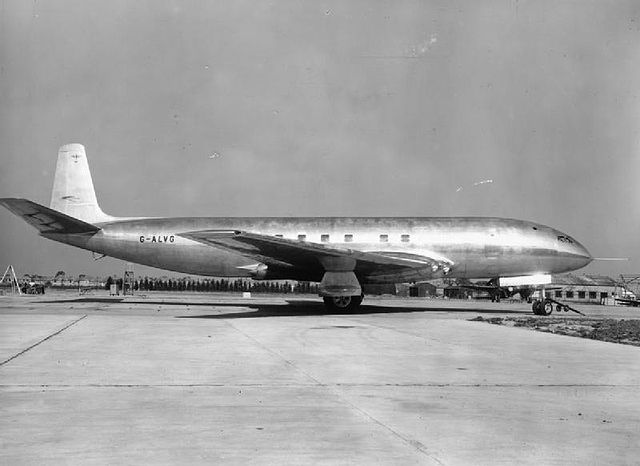A regional airliner or a feeder liner is a small airliner that is designed to fly up to 100 passengers on short-haul flights, usually feeding larger carriers' airline hubs from small markets. This class of airliners is typically flown by the regional airlines that are either contracted by or subsidiaries of the larger airlines. Regional airliners are used for short trips between smaller towns or from a larger city to a smaller city. Feeder liner, commuter, and local service are all alternative terms for the same class of flight operations.
A Dash 8 in front of a BAe 146
The Douglas DC-3 first flew in 1935 and had a range of around 1,000 miles (1,625 kilometers.)
The Fokker F27 Friendship was introduced in November 1958
The ATR 72 was introduced in October 1989
An airliner is a type of airplane for transporting passengers and air cargo. Such aircraft are most often operated by airlines. The modern and most common variant of the airliner is a long, tube shaped, and jet powered aircraft. The largest of them are wide-body jets which are also called twin-aisle because they generally have two separate aisles running from the front to the back of the passenger cabin. These are usually used for long-haul flights between airline hubs and major cities. A smaller, more common class of airliners is the narrow-body or single-aisle. These are generally used for short to medium-distance flights with fewer passengers than their wide-body counterparts.
A United Airlines Boeing 737 (foreground) and a Virgin America Airbus A320 (background), two of the world's most widely used airliners
Sikorsky Ilya Muromets
The Douglas DC-3 appeared in 1935
Prototype of the de Havilland Comet in 1949, the first jet airliner in the world








